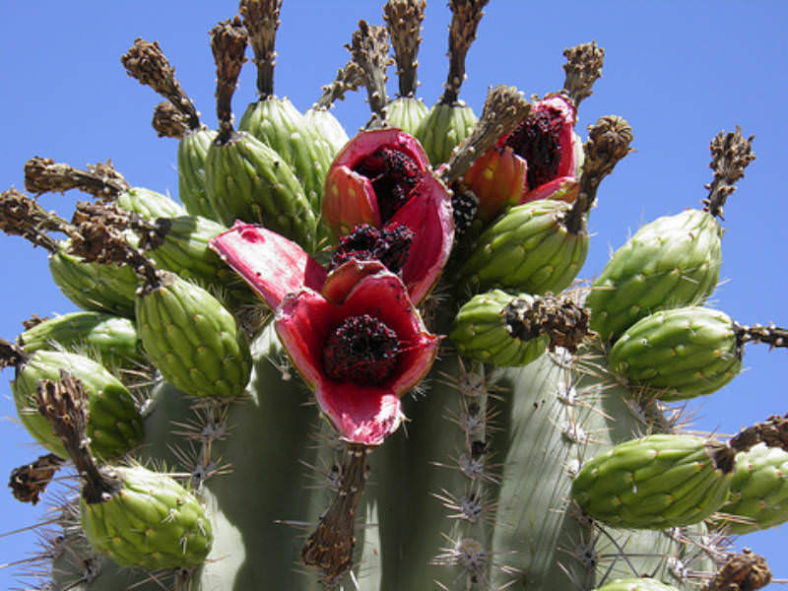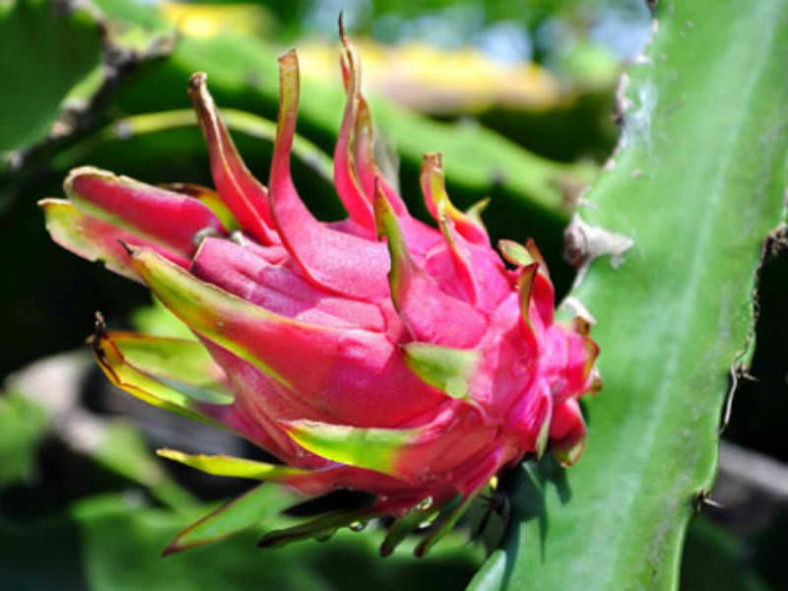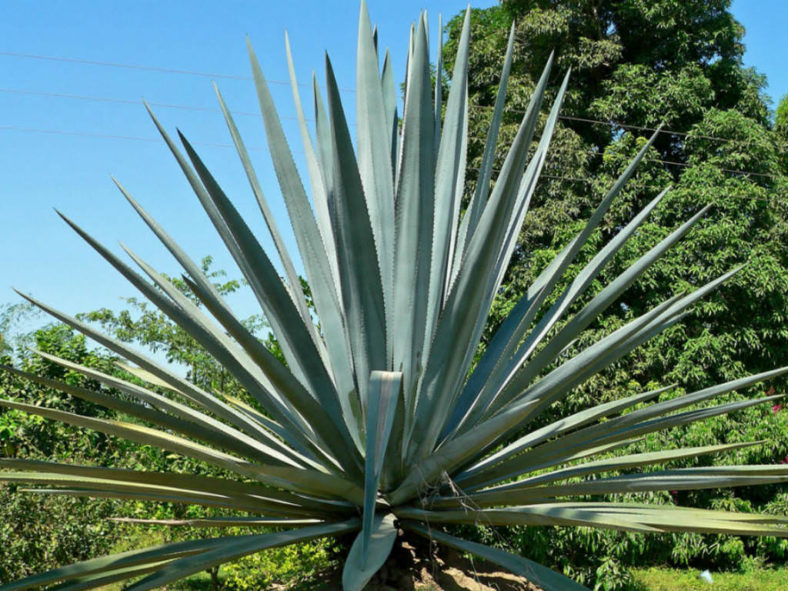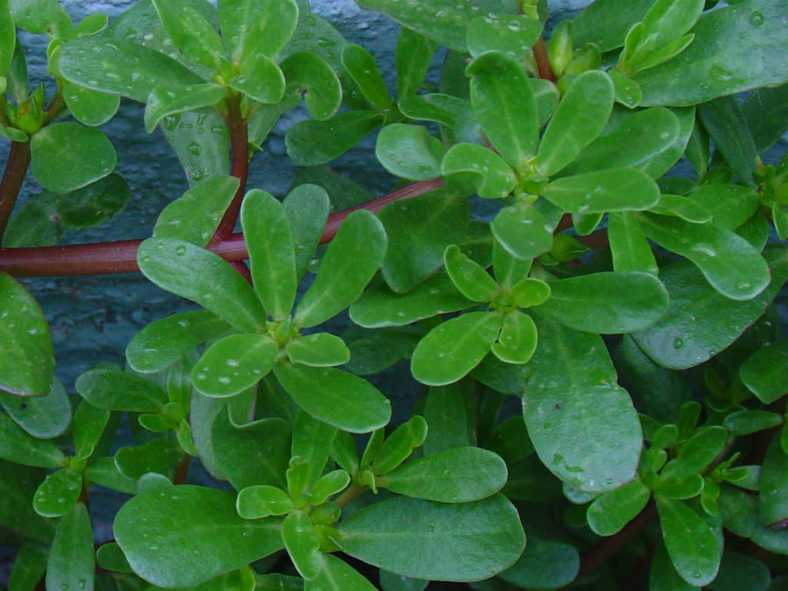If your climate is suitable, edible cacti and succulents are low-maintenance and delicious, too!
Some people ask what the difference is between cacti and succulents. A succulent plant has thick, fleshy, water-storing leaves or stems, so technically, a cactus is a succulent plant. But most people use the term "cacti" to mean succulents with spines. All true cacti belong to the plant family Cactaceae.
Let us talk about the wide variety of edible cacti and other succulents available to you for edible landscaping:
Edible Cacti
All true cactus fruits are safe to eat, but some taste better. Some taste best cooked, and most must be peeled or their spines removed before putting one in your mouth! And, of course, everyone likes different things. So, trying some of the cacti you are considering before buying is advisable to ensure you want them and are not allergic.
Which edible cactus you choose depends on what you want to use it for and what look you want in your edible landscaping. Many edible cacti belong to over 200 Opuntia species, known as the Nopales, Nopalitos, Cactus Pear, or Paddle Cactus.
The leaves and egg-shaped fruit (or "tunas") of all Opuntias are edible. You can identify an Opuntia by its flat oval leaves, or "paddles," covered with spines.
The Prickly Pear Cactus (Opuntia ficus-indica) is the most famous and well-loved edible cactus. Also called the Indian Fig, its leaves and fruit are flavorful and staple in many dishes in Central America and the southwestern United States. This cactus has been introduced into places as varied as Australia, northern Africa, and the Galapagos Islands.
Opuntias are quite cold-tolerant and, in some places, have become invasive. Still, they have many uses in landscaping (make excellent barrier hedges) and can make a stunning centerpiece in rock gardens or other drought-tolerant landscapes.
The Saguaro (Carnegiea gigantea) is the elegant symbol of the Desert Southwest. When fully mature (which can take decades), it produces edible fruit. However, it is difficult to obtain and illegal to move without a permit.

Organ Pipe Cactus (Stenocereus thurberi) resembles a Saguaro but is smaller with "arms" that usually grow at the base of the plant rather than farther up the main trunk. It has lavender flowers and red fruit known as Pitahaya Dulce, about the size of a golf ball.
The Organ Pipe Cactus National Monument in Arizona (United States) is full of these, and a visit is an excellent way to see these lovely cacti in their native environment.
Barrel Cactus fruit can be picked and eaten raw and has no spines, making it easy to handle. The flowers and buds are also edible. One of the American Wild West legends was that Barrel Cacti could be cut open and the pulp squeezed for water that would keep you alive in the deep desert.
The vine-like Night-Blooming Cereus (Hylocereus undatus), otherwise known as the Dragon Fruit or Pitaya (and also called Pitahaya Dulce in some areas), is a cactus with long fleshy leaves, bright red or yellow fruit with a white or red center, and black, crunchy seeds with high nutritional value. The plant has large, white, fragrant flowers that only bloom at night.

Several species are also called Night-Blooming Cereus, such as Peniocereus greggii.
Other cactus fruits called Pitaya, such as the Peruvian Apple Cactus (Cereus repandus), look very different from Hylocereus but have sweet, brightly colored edible fruit.
Another group of edible cacti is the Epiphyllum species, commonly known as the Orchid Cactus, which looks and acts much like the Hylocereus species, but their fruit is not as large. These all have stunning flowers!
Edible Succulent Plants
A couple of the Caralluma species, Caralluma fimbriata, Caralluma adscendens, and Caralluma edulis, are eaten as vegetables in India and northern Africa.
Several species of Agave can be made edible, the most notable being Agave tequilana, which is used in tequila production!

All Sedum species, commonly called Stonecrops, are edible. They are used in salads and have a sour or peppery taste. Eat these sparingly; some can cause indigestion if eaten in large amounts.
Purslane is used as ground cover in moist areas, is easy to grow, and is quite pretty, not to mention extremely tasty when cooked.

Purslane is considered a weed in the US, but it is excellent in stews and soups, tasty fried, and reasonably good in salads.
Source: edible-landscape-design.com
Links
- Succupedia: Browse succulents by Scientific Name, Common Name, Genus, Family, USDA Hardiness Zone, Origin, or cacti by Genus